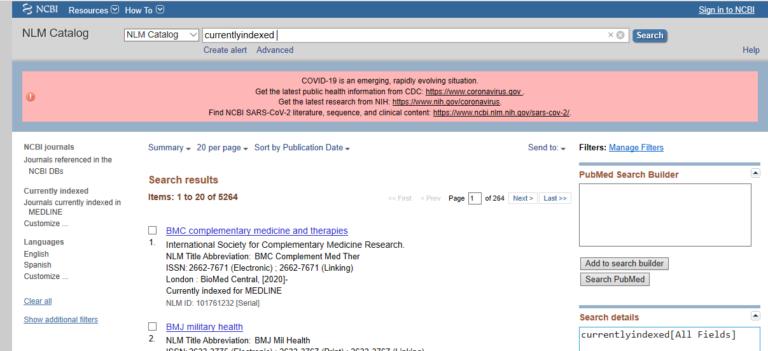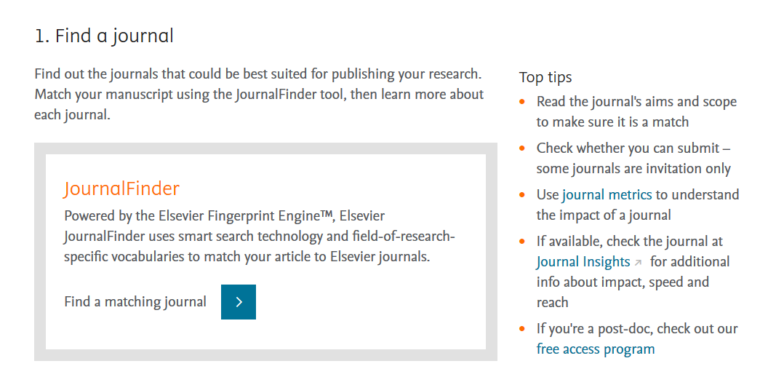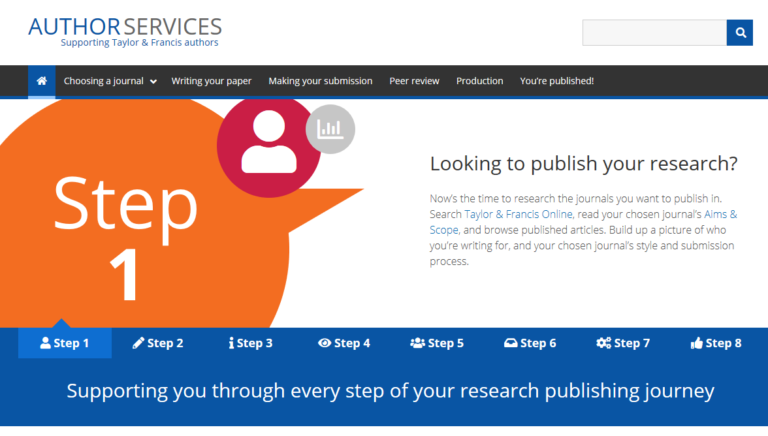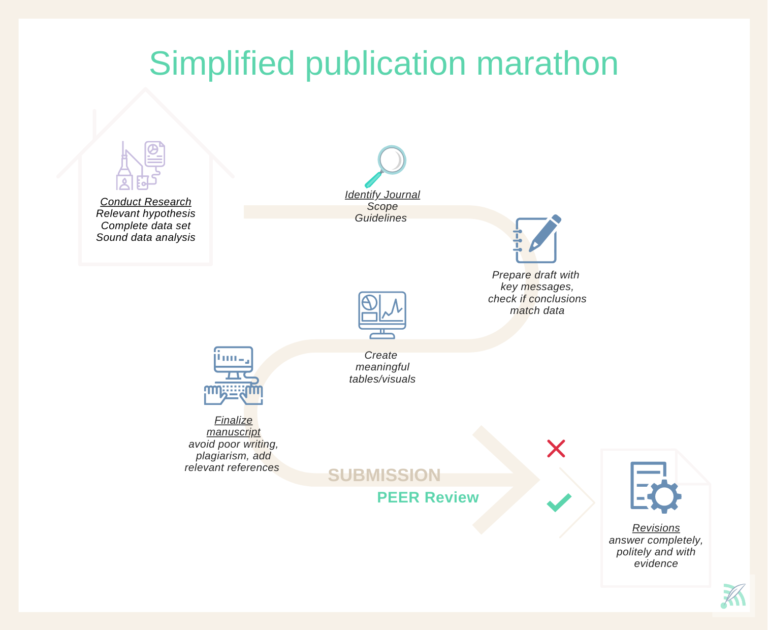Don’t we all know the feeling of disappointment when we get our manuscripts rejected? Of course, we might have had a suspicion before that it could happen. Hours of research and writing just seem to crumble before our eyes leaving us frustrated and alone with the most burning question: “Why?”.
As a matter of fact, for top-ranking journals, rejection rates can reach up to 95%. To get a manuscript accepted is getting more and more difficult for various reasons. One of them is that the growth rate of scientific output is increasing by roughly 8-9% every year. This does not necessarily mean new knowledge but reflects the tendency to split research across several papers. Other reasons for manuscript rejections can be roughly organized into two categories: technical or editorial reasons.
This article will try to shed light on some common mistakes made when writing up manuscripts and help you answer that question of “Why?”. Most importantly, it will provide more detailed tips on how to prevent rejection, especially for editorial reasons, as they are factors within your control.
Let’s start with some technical reasons, as they are more difficult to fix and require additional work such as further experiments, analysis, or re-writing.
Technical Reasons for manuscript rejection
1. A weak research motive
For a researcher interested in a specific topic, it may be hard to recognize its work as weak. But whenever a hypothesis is not clear or scientifically valid and your data do not fully answer the research question the audience can’t see what you wanted to prove. It often goes along with having chosen an inappropriate methodology for answering the research question.
2. An incomplete data set
It often happens, especially in clinical research with medical devices, the sample size is too small to power the hypothesis. Alternatively, a control group could be missing or of poor quality. Or, in top research journals covering machine learning, not having the right datasets (e.g. separate dataset for training, testing, and validating the machine learning models) is a frequent reason for rejection.
3. Poor analysis of the data
The statistical tests applied are inappropriate or statistics, aside from standard deviation, could be missing altogether.
4. Inaccurate conclusions that are not supported by the data
Sure, you can picture yourself getting carried away trying to prove your point, adding lots of references that are in line with your conclusions, but not fully supported by your presented data. Therefore, always ensure your data can justify your conclusions.
No matter how careful you think you might have planned your study and analyzed your data, always get experts to validate your choices to avoid rejection. Invest enough time to carefully decide the topic to focus on, to develop the hypothesis, and to plan and analyze your research.
Editorial Reasons for manuscript rejection
5. Insufficient originality/contribution
What both editors and reviewers like to see are manuscripts that advance the professional conversation instead of reiterating concepts that are already known and understood. The topic covered needs to be original – bearing a fresh perspective or delivering a high level of evaluation, synthesis, and proof.
6. Out of scope for the journal
Finding the right journal for your research may seem like mission impossible with 5264 journals indexed in MEDLINE alone in July 2020.
Screenshot MEDLINE search results for indexed journals (accessed, 3 July 2020).
Take the time to carefully research and consider your options, as described in our May blog post. Start by short-listing journals that have published similar research to yours. Large international publishers like Elsevier, Springer Nature, and Taylor and Francis, offer journal finders to facilitate the selection process alongside a plethora of author support options.
Screenshot of Elsevier Journal Finder (accessed, 3 July 2020).
Screenshot of Taylor and Francis Author Services (accessed, 3 July 2020).
Also, open-access publishers such as BioMed Central provide tips. Study the author’s guidelines and requirements of the journal carefully, as there may be restrictions on the type and format of publication (e.g. systematic review, case study, clinical study, or opinion paper).
Pro tip: Be critical and realistic and judge if your research is enough of an advance or enough impact for the journal.
7. Non-compliance with research ethics
Times have changed (luckily) and gone are the days that investigational products – here I refer to experience from my early days in medical device research – are just being “tried out” in a patient or animal to see what happens.
However, not long enough that ethics can be overlooked in the manuscript – always mention that consent from patients was obtained or approval from an ethics committee granted, for animal research as well as clinical studies. Therefore, don’t forget to mention it in your manuscript if applicable.
8. Non-adherence to journal guidelines and lack of structure
Once you have chosen a journal, start studying the journal’s guidelines before you start writing. Make sure to stick to them closely and do not exceed the number of words or allowed number of graphs and tables. Make sure the reference style is followed. It seems obvious, but many researchers underestimate its significance and forget to re-verify before submission.
If writing is not your cup of tea – get professional support. Below is a simplified publication journey that could help you through the process.
9. Poor writing
Even the most relevant and well-researched findings are worthless if your article isn’t well written. Grammar, punctuation, spelling, and typing errors could suggest that you probably were not so careful with the rest of your research either. It will annoy the reviewer who has not got all day to figure out what you might want to say and probably just reject it.
Always have your manuscript checked by someone proficient and native speaking before submitting it. Make use of online software tools like Grammarly or PerfectIt.
10. Difficult to follow logic or poorly presented data
Have someone uninvolved read your paper before submission to see if there is logic and flow throughout your argumentation. It is important to be clear and provide the necessary details for the reader to fully comprehend your findings or else interest will fade. Make an extra effort to visualize your data effectively – nobody likes to read a lot of text and look at crowded tables.
11. Violation of publication ethics – plagiarism
Be aware, that plagiarism can be easily detected nowadays and its consequences can be destructive. Always cite the original sources when referencing other people’s work or ideas. Even self-plagiarism has become a problem, so avoid copying text that you have written for another publication into your new manuscript.
Pro-tip: Use a plagiarism checker before submitting your work for publication, examples are www.ithenticate.com, www.grammarly.com, and www.turnitin.com.
Fabricating and falsifying data is another serious violation. It is more difficult to detect, but it can lead to a request for retraction and this will ruin your reputation as a scientist.
12. A lack of up-to-date references or references containing a high proportion of self-citations
It happens quite often to the more senior author, as they have their literature database ready and often lack the time to re-verify their references or are still just focused on PubMed.
Before submitting find the time to perform a new online search, e.g. using Google Scholar or ScienceDirect.
13. Failure to answer reviewers comments
Everybody who has received an extensive list of reviewers’ suggestions knows how tedious and time-consuming it can be to answer all questions and implement all required changes. Even if you do not agree with everything the reviewer is asking, show that you have goodwill and respond to every single comment. Have your end goal in mind – a high-quality article, which meets the journal’s standards.
Reviewers and publishers function as experts, representatives of the publication, and advocates for readers. They are not your enemy.
My Manuscript was rejected, what can I do?
As already discussed, having your submitted paper not accepted the first time is perfectly normal and widely accepted. It is your chance to improve and get an even better version out ultimately adding to your scientific credibility.
Start a careful revision of your manuscript by studying the editorial comments, and put yourself into your audience’s shoes. Be open and start accepting that your article may be out of scope, or has problems with language or formatting, or needs for more research to be done. If it is out of scope, try to find another more appropriate journal or medium to publish your results. If further research is needed, assess whether this is possible, and try again after new data are added.
Accept rejection as an opportunity for growth and learn from it. Of course, most journals do take appeals to the decision. However, most appeals fail and only those succeed that have truly taken the reviewers’ and editors’ points to heart and overhauled their manuscript as a result.
Feeling unsure and overwhelmed? Nobody expects you to be a kick-ass scientist, professional and medical writer at the same time. Have colleagues or professionals like medtextpert help you so that your data find your way to your audience on time.








